TYRE DEBRIS IN AQUATIC ENVIRONMENT: THE NEW BLACK?
- By Louise Lynn Halle*
- August 26, 2020
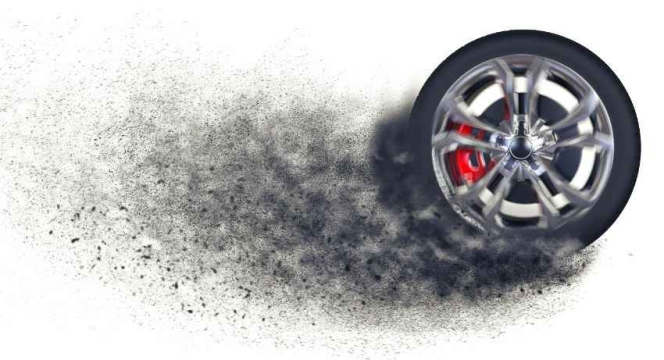
Recently, models on the fate of tyre wear particles (TWPs) have estimated that 18% of TWP emissions are transported from roads to freshwater bodies and approximately 2% are led out to estuaries and then marine habitats. What then happens to the remaining 16% of TWP emissions left in the freshwater compartment is not yet clear
_0.jpg)
at Roskilde University, Department of Natural Science and Environment, Denmark,
with funds from Danish Environmental Analysis
The presence of tyre wear particles (TWP) in the aquatic environment is considered an emerging contaminant, and one that has gained increasing interest during the past few years. Although the presence of TWPs in the environment is given greater attention these days, TWPs have probably been present since the dawn of the pneumatic car tyre production in the late 19th century. The first scientific report of tyre dust identification along a roadside was published in 1961. Different perspectives have since been applied to this field of research and almost decade by decade shifted foci from degradation patterns to heavy metal release, to impacts of scrap tyres on the aquatic environment and leaching of chemicals from tyres. More recently, research within this field has been directed towards repurposing scenarios using crumb rubber in turf fields and playground material. Finally, in the 2010s, micronised tyre rubber has become grouped with other polymer debris and hence become part of the polymer landscape usually referred to as ‘microplastics.’ TWPs are considered to represent the majority of microplastics (or polymer debris) in the environment, and the newest calculation on the wear of tyres is estimated at 0.81 kg per person per year.
Now, looking at TWPs through the lens of microplastic pollution, research and information from the microplastics field are very well applicable to TWPs in many instances. With this new perspective of TWPs, increasing awareness of possible adverse effects in the environment follows - how do TWPs distribute in the different environmental compartments (soil, air, sediment, water and biota (living organisms)) and how do TWPs behave when exposed to different abiotic factors in these environmental compartments. For example, UV-radiation or pH, temperature and salinity differences could affect TWPs, but to what degree? A recent paper on this very subject concluded that particularly temperature and mechanical stress could influence the toxicity of TWPs. The focus of tyre production and function have seemingly always been directed towards maximising the three hallmarks: grip, wear and rolling resistance, and rightfully so, but somewhere along the road we forgot to consider where tyre abrasion actually disappears to. Luckily, some scientists already thought of this and today we can begin to lay the foundation to our collected TWP knowledge, based on the available scientific literature.
From roads to water
Research shows that the minority of TWPs end up in the airborne fraction (0.1-10%) and recently TRWPs have been assessed to contribute a low risk to human health in the particulate matter (PM) PM2.5 and PM10 range. So, where to find the remaining 90.0-99.9% of tyre debris emissions? Early research on particulate distribution showed a decreasing concentration of TWPs with increasing distance from the road. From there, TWPs are expected to wash off during rainfalls, transporting them to different environmental compartments. Recently, models on the fate of TWPs have estimated that 18% of TWP emissions are transported from roads to freshwater bodies and approximately 2% are led out to estuaries and then marine habitats. What then happens to the remaining 16% of TWP emissions left in the freshwater compartment is not yet clear and more research is needed to answer this question.
Aquatic organisms living in the water column or the sediment can interact with TWPs in their natural habitats during this particle transportation through freshwater to the marine environment. Although there are no scientific references on field observations of TWP ingestion by aquatic biota yet, few recent observations of this behaviour under controlled laboratory settings have been reported. In 2009 the first observation of the water flea, Daphnia magna, ingesting TWPs was described in the scientific literature and only two years ago the first photos were published showing ingestion of TWPs in the benthic amphipod Gammarus pulex following sediment exposure. Shortly thereafter photos of TWP ingestion in the amphipod Hyalella azteca and opossum shrimps from the mysidae family followed after water-only exposures, and most recently freshwater and marine fish species have been documented ingesting TWPs under laboratory conditions.
The recent focus on particulate effects of TWPs on biota is still in its infancy and the latest development in this field investigates the possible effects of both the particulate fraction and the leachate fraction. The leachate fraction is the suite of chemicals that leach out from TWPs to the surrounding water. Previously, tyre toxicity investigations in the aquatic environment revolved solely around the leachate fraction, which has been the primary focus over the last 30 years. Among the first papers the effect of whole tyre leachate was investigated showing worn tyre leachate to exhibit greater toxicity than leachate from a pristine tyre to rainbow trout. Furthermore, decreasing toxicity was observed with increasing salinity indicating that salinity either influences the leachability of toxic constituents or that an interaction of salts and toxic chemicals is present. Exposure of shredded tyre chips to different bacteria likewise showed a correlation between decreasing toxicity and increasing salinity, concluding that tyre leachate is likely to be a greater threat to freshwater habitats than to estuarine or marine habitats.
Toxicity pattern

Further testing of TWPs and leachate on a freshwater species recently showed a dissimilar toxicity pattern when comparing acute toxicity responses of TWPs or leachate. Here, the amphipod H. azteca was exposed to either TWPs in freshwater or the leachate fraction alone, i.e. with no particulates present. This showed that leachate was more toxic in lower concentrations, presumably because dissolved chemicals are more bioavailable. Although, at higher concentrations, the particle fraction of TWPs became more toxic. This phenomenon very well describes the complexity and discrepancies when working with TWPs in the aquatic environment. It is not just a question of determining toxicity of a single chemical under controlled settings, but rather investigating a mixture of many chemicals in changing ambient environments. This complex matrix of polymer and chemicals can be more or less bound to the particle, which in itself might have adverse effects. However, the particle could also function as a vessel, containing chemicals and making them more or less bioavailable depending on the surrounding environment. Discovering exactly which chemicals leach out under different exposure scenarios, and most importantly, what of that is actually bioavailable to aquatic living species is the more interesting question to answer.
Due to the amorphous nature of rubber, end-of-life tyres (ELTs) have been used as leachate collection material and been used to collect polycyclic aromatic hydrocarbons (PAHs) and metals from contaminated waters. This discrepancy between the different TWP uses that in some cases could deem toxic and have adverse effects but at the same time might serve to mitigate other environmental issues is a great conflict of contradictory traits. Now, we need to unravel exactly when these contradictory traits are possibly affecting aquatic environments negatively and when these traits might be used for our advantage.
So how do scientists quantify TWPs and chemical constituents or ‘biomarkers’ from TWP leachate in water? The quick answer is that no tried and tested procedure is more right than any other now, we simply do not have conformity or guidelines on how to do this. Especially when looking to find particulates from tyre debris, as this is not usually detected when investigating for other polymer debris e.g. microplastics. Therefore, it is expected that the total amount of microplastics has been underestimated due to the lack of data from TWPs, which make up a large part of the estimated microplastic load worldwide and have not been reported on a regular basis. A multitude of methods have been used to estimate TWP emissions by measuring the concentration of chemicals in samples, with more or less success over the years. The biomarkers that have been used to determine TWP concentration most successfully include quantification of benzothiazoles and zinc. Both chemicals are used as part of the vulcanisation process and are also ubiquitous in nature. They are used for manufacturing of other materials, but specific versions can be attributed mainly to tyre manufacturing and are thus the most reliable compounds to measure.
How this emerging field of tyre ecotoxicology will progress ultimately depends on cooperation between different stakeholders having a common goal to pursue. The one thing that we can probably all agree on, is the need for tyres and other rubber products in our society. How we then fill that need, and what future decisions we make to maximise our understanding of the possible negative implications of TWPs in the aquatic environment is of paramount importance. Our job now is to continue our research within this field and ultimately prevent excess and unnecessary pollution of the water bodies that we all depend on, in a manner that stays true to both the environment and our need for safe and reliable tyres.
*The author is a PhD student in Environmental Biology at Roskilde University, Department of Natural Science and Environment, Denmark, with funds from Danish Environmental Analysis
References
1. Thompson. Identification of vehicle tyre rubber in roadway dust. Am Ind Hyg Assoc 27, 488–495 (1966).
2. Lassen, C., Hansen, S.F., Magnusson, K., Norén, F., Hartmann, N.I.B., Jensen, P.R., Nielsen, T.G., Brinch, A. Microplastics - Occurence, effects and sources of releases to the environment in Denmark. (Danish EPA, 2015).
3. Boucher, J. & Friot, D. Primary microplastics in the oceans: A global evaluation of sources. (2017). doi:10.2305/IUCN.CH.2017.01.en
4. Kole, P. J., Löhr, A. J., Belleghem, F. G. A. J. Van & Ragas, A. M. J. Wear and tear of tyres : A stealthy source of microplastics in the environment. Int. J. Environ. Res. Public Health 14, 1265 (2017).
5. Kolomijeca, A., Parrot, J., Khan, H., Shires, K., Clarence, S, Sullivan, C., Chibwe, L., Sinton, D., Rochman, C. Increased Temperature and Turbulence Alter the Effects of Leachates from Tyre Particles on Fathead Minnow (Pimephales promelas). Environ. Sci. Technol. 54, 1750–1759 (2020).
6. Unice, K. M., Panko, J.M.., Chu, J. & Kreider, M. L. Measurement of airborne concentrations of tyre and road wear particles in urban and rural areas of France, Japan, and the United States. Atmos. Environ. 72, 192–199 (2013).
7. Kreider, M. L., Unice, K. M. & Panko, J. M. Human health risk assessment of Tyre and Road Wear Particles (TRWP) in air. Hum. Ecol. Risk Assess. 0, 1–19 (2019).
8. Unice, K. M. et al. Characterizing export of land-based microplastics to the estuary - Part I: Application of integrated geospatial microplastic transport models to assess tyre and road wear particles in the Seine watershed. Sci. Total Environ. 646, 1639–1649 (2019).
9. Unice, K. M. et al. Characterizing export of land-based microplastics to the estuary - Part II: Sensitivity analysis of an integrated geospatial microplastic transport modeling assessment of tyre and road wear particles. Sci. Total Environ. 646, 1650–1659 (2019).
10. Wik, A. & Dave, G. Occurrence and effects of tyre wear particles in the environment - A critical review and an initial risk assessment. Environ. Pollut. 157, 1–11 (2009).
11. Redondo-Hasselerharm, P. E., de Ruijter, V. N., Mintenig, S. M., Verschoor, A. & Koelmans, A. A. Ingestion and chronic effects of car tyre tread particles on freshwater benthic macroinvertebrates. Environ. Sci. Technol. acs.est.8b05035 (2018). doi:10.1021/acs.est.8b05035
12. Khan, F. R., Halle, L. L. & Palmqvist, A. Acute and long-term toxicity of micronized car tyre wear particles to Hyalella azteca. Aquat. Toxicol. 213, 105216 (2019).
13. Halle, L. L., Palmqvist, A., Kampmann, K. & Khan, F. R. Ecotoxicology of micronized tyre rubber : Past , present and future considerations. Sci. Total Environ. 135694 (2019). doi:10.1016/j.scitotenv.2019.135694
14. LaPlaca, S. B. & van den Hurk, P. Toxicological effects of micronized tyre crumb rubber on mummichog (Fundulus heteroclitus) and fathead minnow (Pimephales promelas). Ecotoxicology (2020). doi:10.1007/s10646-020-02210-7
15. Kellough, R. M. The effects of scrap automobile tyres in water. (1991).
16. Day, K. E., Holtze, K. E., Metcalfe-Smith, J. L., Bishop, C. T. & Dutka, B. J. Toxicity of leachate from automobile tyres to aquatic biota. Chemosphere 27, 665–675 (1993).
17. Abernethy, S. The acute lethality to rainbow trout of water contaminated by an automobile tyre. (1994).
18. Hartwell, S. I., Jordahl, D. M., Dawson, C. E. O. & Ives, A. S. Toxicity of scrap tyre leachates in estuarine salinities: Are tyres acceptable for artificial reefs? Trans. Am. Fish. Soc. 127, 796–806 (1998).
19. Hartwell, S. I., Jordahl, D. M. & Dawson, C. E. O. The effect of salinity on tyre leachate toxicity. Water. Air. Soil Pollut. 121, 119–131 (2000).
20. Gunasekara, A. S., Donovan, J. A. & Xing, B. Ground discarded tyres remove naphthalene, toluene, and mercury from water. Chemosphere 41, 1155–1160 (2000).
21. Edil, T. B., Park, J. K. & Kim, J. Y. Effectiveness of scrap tyre chips as sorptive drainage material. J. Environ. Eng. 130, 824–831 (2004).
22. Lisi, R. D., Park, J. K. & Stier, J. C. Mitigating nutrient leaching with a sub-surface drainage layer of granulated tyres. Waste Manag. 24, 831–839 (2004).
23. Aydilek, A. H., Madden, E. T. & Demirkan, M. M. Field evaluation of a leachate collection system constructed with scrap tyres. J. Geotech. Geoenvironmental Eng. 132, 990–1000 (2006).
24. Alamo-Nole, L. A., Perales-Perez, O. & Roman, F. R. Use of recycled tyres crumb rubber to remove organic contaminants from aqueous and gaseous phases. Desalin. Water Treat. 49, 296–306 (2012).
25. Alamo-Nole, L. A., Perales-Perez, O. & Roman-Velazquez, F. R. Sorption study of toluene and xylene in aqueous solutions by recycled tyres crumb rubber. J. Hazard. Mater. 185, 107–111 (2011).
26. Parker-Jurd, F. N. F. Napper, I. E. Abbott, G. D. Hann, S. Wright, S. L. Thompson, R. C. Investigating the sources and pathways of synthetic fibre and vehicle tyre wear contamination into the marine environment (project code ME5435). (2019).
27. Kumata, H., Yamada, J., Masuda, K., Takada, H., Sato, Y., Sakurai, T., Fujiwara, K. Benzothiazolamines as tyre-derived molecular markers: Sorptive behavior in street runoff and application to source apportioning. Environ. Sci. Technol. 36, 702–708 (2002).
28. Klöckner, P., Reemtsmp, T., Eisentraut, P., Braun, U., Ruhl, A.S., Wagner, S. Tyre and road wear particles in road environment – Quantification and assessment of particle dynamics by Zn determination after density separation. Chemosphere 222, 714–721 (2019).
Global Natural Rubber Market Tightens Amid Improved Demand, ANRPC Reports
- By TT News
- November 07, 2025
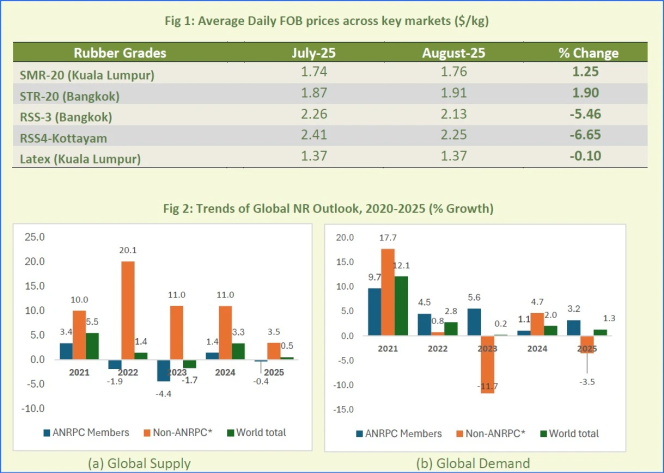
The global natural rubber (NR) market experienced fluctuating prices in August 2025 as supply constraints coincided with signs of improving demand, the Association of Natural Rubber Producing Countries (ANRPC) said in its latest Monthly NR Statistical Report.
The association noted that seasonal factors supported stronger consumption, particularly in China, where declining port inventories signalled healthier demand. However, heavy rainfall and labour shortages in key producing regions curtailed tapping activities, tightening supply conditions.
“Natural rubber prices experienced a fluctuating trend due to several factors, including constrained supply and improving demand,” ANRPC said. “Seasonal factors boosted consumption, particularly in China, where inventory reductions at major ports indicated improved demand. However, rainfall and labour shortages in producing regions limited tapping activities, tightening supply.”
According to updated data from member countries, global natural rubber production is projected to increase by 0.5 percent in 2025 compared with 2024, while demand is expected to grow by 1.3 percent over the same period.
The association said market sentiment had turned “increasingly optimistic” with stronger purchasing interest, driven by the traditional peak season for natural rubber, especially from the all-steel tyre and heavy-duty truck segments.
The ANRPC encouraged subscribers and stakeholders seeking more in-depth insights to refer to the full report or contact the ANRPC Secretariat for subscription details.
India Opens Anti-dumping Probe Into Halobutyl Rubber Imports From China, Singapore And US
- By Sharad Matade
- November 06, 2025

India has launched an anti-dumping investigation into imports of Halo-Isobutene-Isoprene Rubber (HIIR) from China, Singapore and the United States, following a complaint from Reliance Sibur Elastomers Private Limited, the Directorate General of Trade Remedies (DGTR) said in a notification.
The domestic producer alleged that the three countries were exporting the rubber to India at unfairly low prices, causing injury to the local industry. The company has sought the imposition of anti-dumping duties on the product, which is used in tyre inner liners, hoses, seals, tank linings, conveyor belts and protective clothing.
The DGTR said there was prima facie evidence that imports had risen “significantly” and were being sold below normal value, resulting in price depression and affecting the domestic manufacturer’s capacity utilisation and profitability. The authority noted that the dumping “is causing material injury to the domestic industry”.
The investigation will cover the period from July 2024 to June 2025, with an examination of injury trends dating back to April 2021.
HIIR, also known as halobutyl rubber, is classified under the broader synthetic rubber tariff category. Reliance Sibur Elastomers is currently the only producer of the material within India.
If the investigation confirms dumping and injury, the DGTR may recommend the imposition of duties to offset the impact and “remove the injury to the domestic industry”. Interested parties have 30 days to submit data and make their representations to the authority.
Global Carbon Black Market To Hit USD 44.8 Bln By 2034, Driven By Tyre And Autom Demand
- By TT News
- November 06, 2025
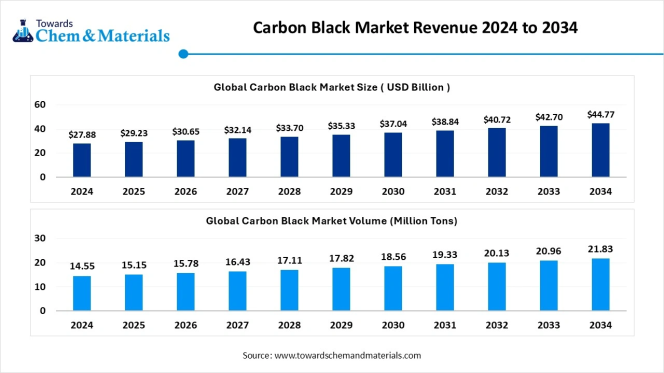
The global carbon black market is projected to grow from USD 27.88 billion in 2024 to USD 44.77 billion by 2034, expanding at a compound annual growth rate (CAGR) of 4.85 percent between 2025 and 2034, according to a new report by Towards Chemical and Materials, a research arm of Precedence Research.
The study estimates that the global market volume will rise from around 15.15 million tonnes in 2025 to 21.83 million tonnes by 2034, growing at a CAGR of 4.14 percent, driven primarily by increasing demand for tyres, automotive components and high-performance plastics.
Carbon black – a fine black powder made through the incomplete combustion of hydrocarbons – is a critical material used to reinforce rubber in tyre production and enhance strength, durability and UV resistance in plastics, coatings, and batteries.
Asia Pacific accounted for about 58 percent of global market share in 2024 and is expected to remain the largest and fastest-growing regional market, supported by expanding tyre and rubber manufacturing bases in China, India and Southeast Asia. The region’s carbon black market was valued at USD 16.95 billion in 2025 and is projected to reach USD 26 billion by 2034.
“The Asia Pacific region continues to lead both in production and consumption of carbon black, owing to its strong automotive, tyre and plastics industries,” the report noted, adding that China remains the world’s largest producer and consumer.
The furnace black segment dominated the market in 2024, accounting for about 60 percent of global industry share, due to its superior reinforcing properties in tyres and versatility in plastics and coatings. Meanwhile, the tyres and rubber products segment held a 55 percent share, reflecting the material’s indispensable role in the automotive sector.
Performance applications such as batteries, conductive polymers, and specialty coatings are emerging as key growth drivers. Demand for specialty carbon black and conductive grades is rising with the proliferation of electric vehicles, renewable energy systems, and electronics manufacturing.
Artificial intelligence (AI) is also shaping the carbon black industry, with automation and predictive analytics enhancing process efficiency, product consistency, and sustainability, the report said. AI-driven systems are enabling real-time monitoring and predictive maintenance in production plants, reducing waste and energy consumption.
Sustainability remains a key trend, with manufacturers investing in greener technologies, renewable feedstocks and recovered carbon black (rCB) from recycled tyres to meet circular economy goals. “Turning end-of-life tyres and rubber waste into recycled carbon black is opening new sustainable pathways for producers,” the study noted.
Among key players profiled in the report are Tokai Carbon Co., Ltd., Continental Carbon, Jiangsu C-Chem Co., Ltd., Himadri Speciality Chemical Ltd., Sid Richardson Carbon & Energy Company, Cancarb Limited, Philips Carbon Black Ltd., OCI Company Ltd., Columbian Chemicals Co. (Birla Carbon), Aditya Birla Group, and Raven SR, LLC.
Recent industry developments include PCBL Chemical Ltd.’s establishment of a wholly owned US subsidiary in Delaware in July 2025 to enhance supply chain localisation and strengthen its North American footprint, as well as the West Bengal government’s efforts to attract foreign investment in its carbon black industry to support the electric vehicle, tyre, and battery markets.
The report also forecasts rapid growth in North America, fuelled by clean manufacturing practices, sustainable process adoption and expansion in high-performance plastics and battery applications. Europe, meanwhile, is benefiting from stricter environmental regulations and the EU Green Deal, which are promoting eco-friendly and specialty grades.
The global carbon black market is expected to maintain steady long-term growth as manufacturers diversify into advanced applications and invest in sustainable production technologies to meet evolving industrial and environmental demands.
Kraton To Streamline Berre Polymer Operations Focus
- By TT News
- October 26, 2025
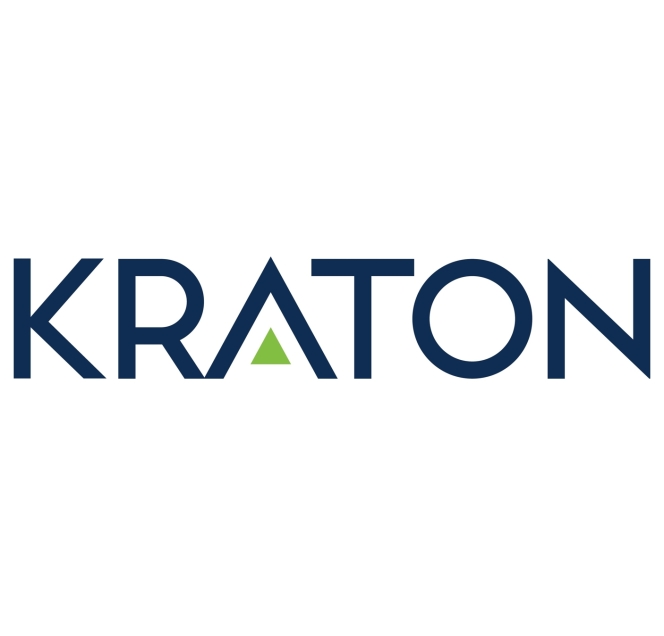
Kraton Corporation, a leading global producer of speciality polymers and high-value biobased products derived from pine chemicals, has revealed a new strategic initiative for its Berre, France facility. The plan involves streamlining its polymer operations to concentrate exclusively on manufacturing USBC products, which will result in the cessation of HSBC production at that site.
This move is designed to bolster Kraton's long-term competitiveness by optimising its manufacturing footprint in reaction to a global overcapacity for HSBC. The company has formally started an information and consultation process with the local Works Councils, with a final decision expected following this mandatory period. The company has reaffirmed its commitment to supplying HSBC from its broader global network and to leveraging its worldwide presence to continue adapting to market demands.
Prakash Kolluri, President, Kraton Polymers, said, “Our aim with this plan is to strengthen Kraton’s long-term competitive position by optimising our manufacturing footprint in response to changing market dynamics associated with global overcapacity of HSBC production capability. With this step, we are preparing Kraton for a sustainable future by securing Kraton’s position as the leading global HSBC producer. Kraton is fully committed to supporting our customers through this transition with supply of HSBC products produced within our unmatched global manufacturing network. We recognise the impact of these actions, and are committed to a safe, respectful and supportive transition. The health, safety and well-being of the employees remain our top priorities.”


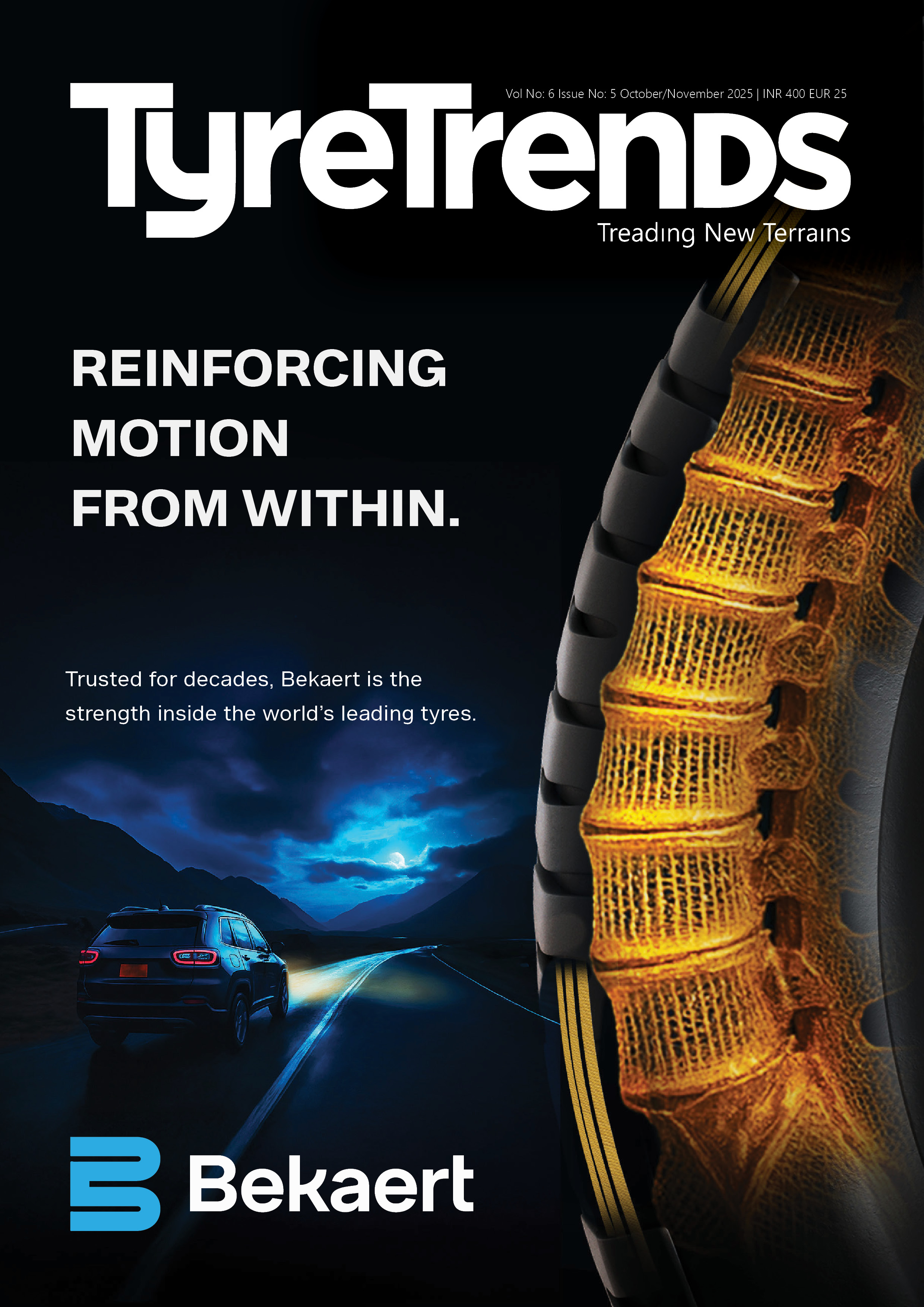




Comments (0)
ADD COMMENT